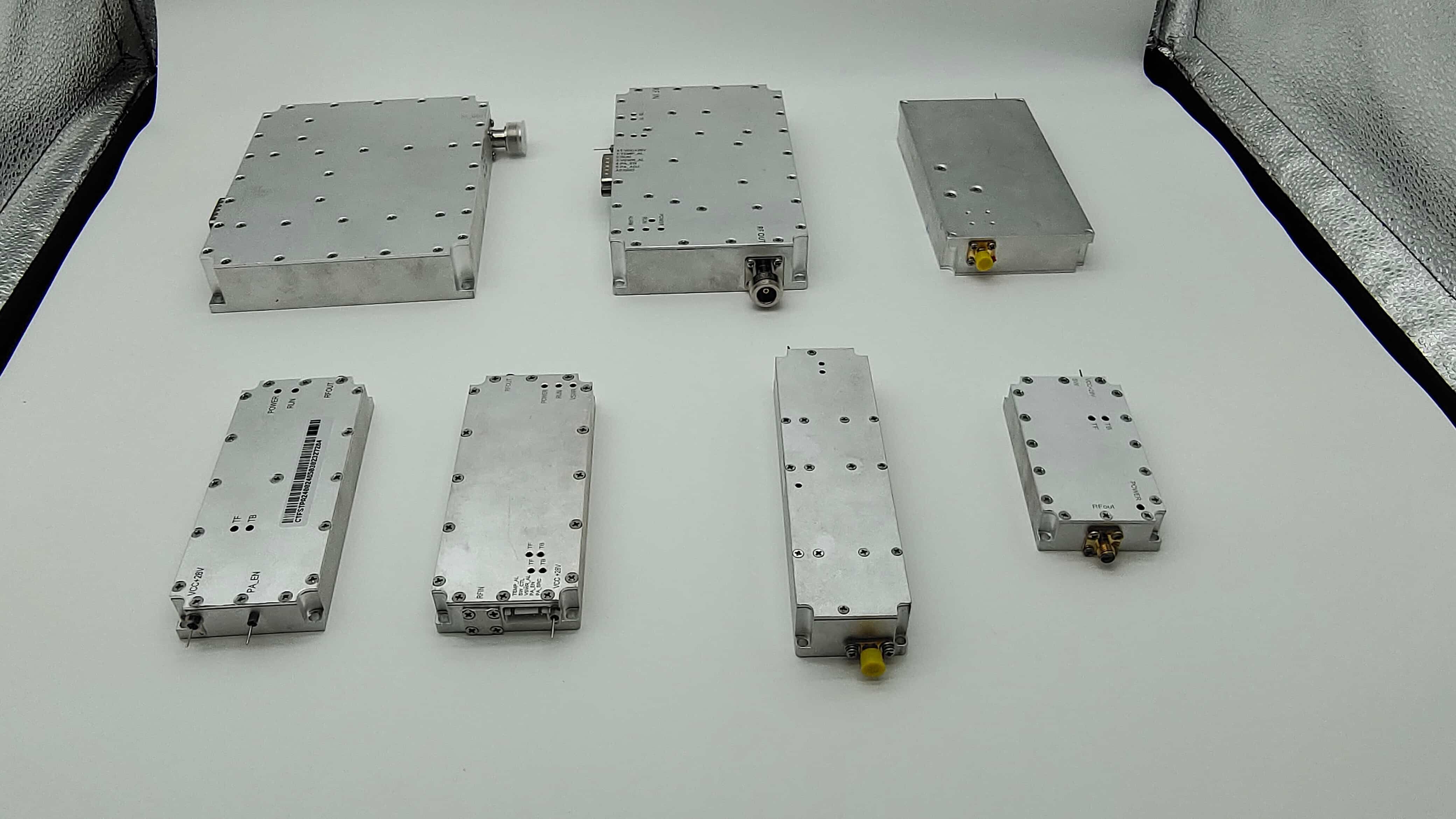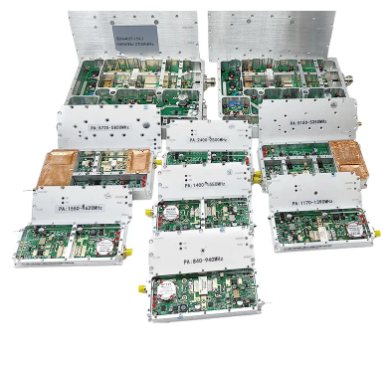Understanding Power Requirements for Continuous Outdoor Drone Defense Systems
Deploying an antidrone module for round-the-clock outdoor operation requires careful consideration of power consumption and environmental factors. As unauthorized drone incidents continue to rise globally, organizations need reliable protection that functions consistently in all weather conditions. The power budget for these critical security systems must account for various operational demands while ensuring uninterrupted surveillance and countermeasure capabilities.
A comprehensive power budget analysis considers multiple factors including detection systems, signal processing units, countermeasure mechanisms, and environmental control systems. These components work together to create an effective defense against unwanted aerial intrusions, but each draws from the available power supply in different ways.
Core Components and Their Power Requirements
Detection and Tracking Systems
The primary power consumers in an antidrone module are the detection and tracking components. Radar systems typically require between 100-300 watts of continuous power, depending on their range and sophistication. Radio frequency (RF) detection systems add another 50-150 watts to the power budget, while electro-optical and infrared cameras may consume 30-80 watts each.
Advanced tracking algorithms running on dedicated processing units can demand an additional 150-200 watts. These systems must operate continuously to maintain effective aerial surveillance, making their power requirements a constant factor in the overall budget.
Signal Processing and Analysis Equipment
Modern antidrone module implementations rely heavily on sophisticated signal processing equipment. The central processing unit handling threat analysis and response coordination typically requires 200-400 watts of sustained power. This includes the computing resources needed for real-time analysis of sensor data, drone classification, and threat assessment algorithms.
Additional processing overhead comes from data storage systems and network communication components, which may add another 100-150 watts to the power budget. These systems cannot be compromised, as they form the intelligence backbone of the entire defense solution.

Environmental Considerations for Outdoor Operations
Climate Control Systems
Outdoor-rated antidrone modules must maintain optimal operating temperatures regardless of environmental conditions. Cooling systems for electronic components can consume 300-500 watts during peak summer operations, while heating elements may require similar power levels in cold weather. These environmental control systems are crucial for maintaining system reliability and preventing component failure.
The enclosure design and insulation quality can significantly impact the power requirements for climate control. High-efficiency thermal management systems with advanced airflow designs help minimize power consumption while maintaining optimal operating conditions.
Weather Protection and Durability Features
Additional power is required for weather-proofing features such as deicing systems, water removal mechanisms, and protective covers. These components may add 100-200 watts to the baseline power consumption, depending on local climate conditions and protection requirements. Moisture control systems and specialized seals must remain active continuously to prevent equipment damage.
Regular operation of protective mechanisms ensures system integrity but must be factored into the total power budget. Smart power management systems can help optimize these protective features based on current weather conditions.
Power Supply Solutions and Redundancy
Primary Power Sources
A reliable antidrone module typically requires a primary power supply capable of delivering 1,000-2,000 watts continuously. This accounts for all active components plus a safety margin for peak demands and future expansion. Grid power connections should be properly rated and protected against surges and interruptions.
Power conditioning equipment, including voltage regulators and filters, adds another 100-150 watts to the total consumption but is essential for protecting sensitive electronic components and ensuring stable operation.
Backup Power Systems
Uninterruptible power supply (UPS) systems are crucial for maintaining continuous operation. These systems must be sized to support the full power load for several hours, typically requiring 2,500-3,500 watts of capacity. Battery backup systems should be regularly maintained and monitored to ensure reliable emergency operation.
Some installations may also incorporate renewable energy sources like solar panels or wind turbines, combined with energy storage systems, to provide additional power redundancy and reduce operational costs.
Frequently Asked Questions
What is the typical daily power consumption of an outdoor antidrone module?
A standard outdoor-rated antidrone module typically consumes between 24-48 kWh per day, depending on environmental conditions and system capabilities. This includes all core functions, environmental controls, and backup power systems operating continuously.
How can power consumption be optimized without compromising security?
Power optimization can be achieved through intelligent power management systems, efficient thermal design, and selective activation of high-power components based on threat levels. Modern systems often incorporate AI-driven power management to balance security requirements with energy efficiency.
What role does climate play in power budget planning?
Climate significantly impacts power requirements, particularly for environmental control systems. Hot climates increase cooling demands, while cold environments require additional heating power. Local weather patterns should be carefully analyzed when determining the total power budget for outdoor installations.

 EN
EN






